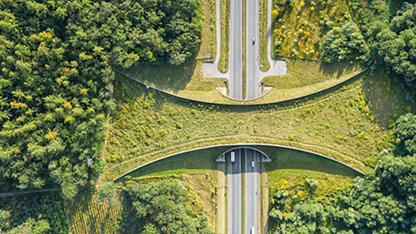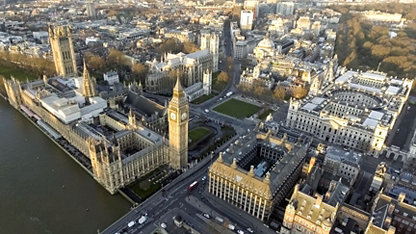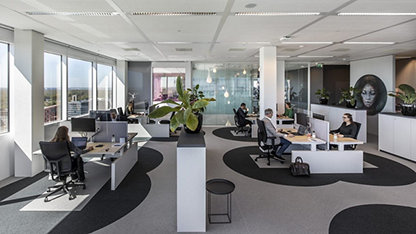It is now considered that the third most desirable quality for prospective office occupiers - after the price of rent and internet connectivity - is a building's health and well-being provision. An important part of this is that the built environment supports sustainable transport options such as cycling; but how can building developers and owners assess how effectively they are doing so?
One means of ensuring that assets are bike-friendly is accreditation such as the CyclingScore system, which rates premises from silver to platinum according to their suitability. With landlords and developers beginning to recognise the business case for best-in-class facilities and services for occupiers, CyclingScore is often asked 'How do we build a platinum-rated building?'
A number of factors contribute to the rating. For instance, infrastructure comprises 60 per cent of the overall scoring process and considers access, surfaces, wayfinding, routes, showers, lockers and other amenities for cyclists. Cycle parking products and ratios make up a third of the infrastructure component given their importance in planning a new development.
CyclingScore benchmarks against both the floor area of a building and the expected maximum occupancy figure; this calculation is vital, as benchmarking based on area alone can often skew outcomes, because different types of businesses across different sectors will almost certainly have different cycling cultures. The lowest score is expected to be in finance, whereas media, advertising and government organisations can anticipate two to three times more cyclists in their workplaces.
Thirty per cent of the overall scoring process is attached to a building's ongoing occupier engagement services, so it is vital that asset managers continually support those who already participate in active lifestyles, and those who might. A bicycle user group is a great way of connecting tenants by encouraging them to share routes and information as well as inspiring would-be cyclists to get riding. On-site cycle repair events, training sessions to promote safer cycling, and police bike tagging all help foster communities that encourage health and well-being.
The final ten per cent of the overall score is concerned with ensuring an asset is properly supported as the number of active commuters grows. London has seen exponential growth in cycling numbers over the past five years, yet the cycle parking capacity of buildings completed just six or seven years ago is already full, and finding new space is always going to be tricky.
The skyscraper under construction at 22 Bishopsgate in the City of London is taking this on board, and is designed to include 1,750 bike parking spaces – a huge commitment, and a fantastic example of how cycling numbers are expected to grow in coming years.
Manchester is another interesting case in point, where although cycling numbers are relatively low at present, they are expected to grow significantly over the coming five years as £1.5bn is invested in pedestrianisation and improved, segregated cycle lanes. Earmarking space for future cycle parking and facilities is thus a good idea when planning a new development.
It costs relatively little to improve a building's health and well-being provision, and this can certainly boost the allure of office space. Clever use of floor and wall art will create a vibrant space, improve wayfinding by simplifying complex routes and providing skid-resistant surfaces. Floor art and wall art is recommended in all areas, but especially for routes as they act as wayfinding as well as slip resistance.
This is a low-cost yet effective way to obtain some powerful marketing imagery; it can often enable the creation of a unified theme for a building as well, helping to attract prospective occupiers.
With cycling set to increase significantly over the coming years, so will the demand for buildings to support this. Those with sub-standard health and well-being facilities will soon be deemed less attractive, so landlords and developers have a very simple decision: either they can react to occupier complaints as bike numbers increase, or they can invest now and promote cycle parking as a key feature of their buildings.
- David Farr is managing director of CyclingScore: david@cyclingscore.com
- This article originally appeared in the October-November 2019 Property Journal under the title 'Wheels of fortune'







:16-9?$dpp-card-xxl$&qlt=85,1)











